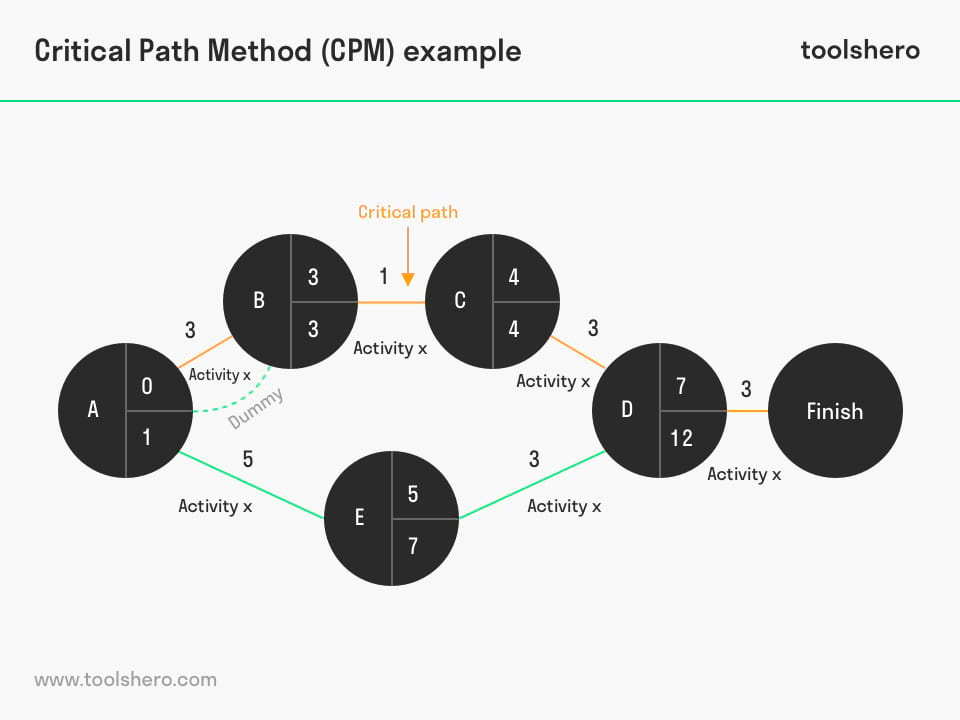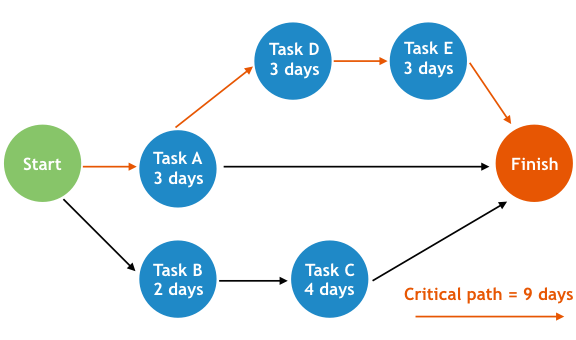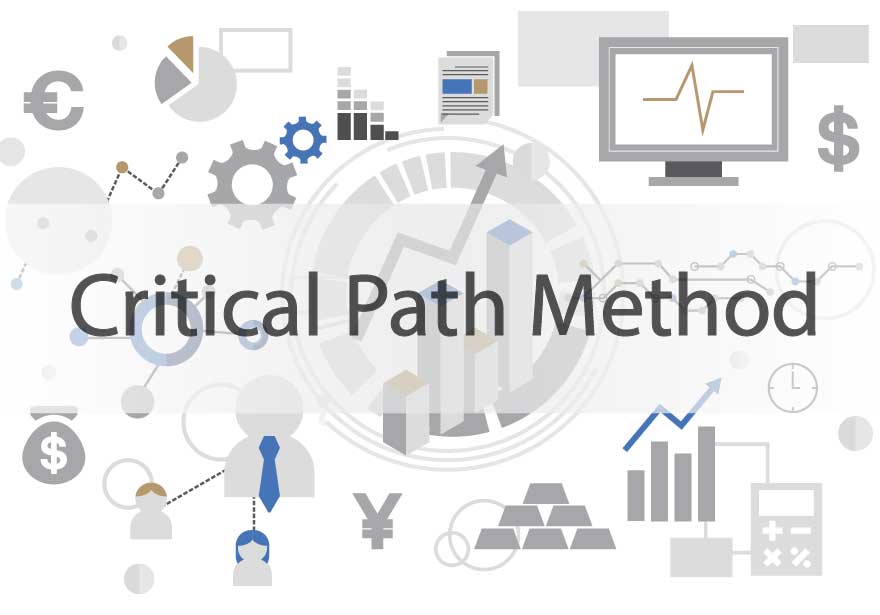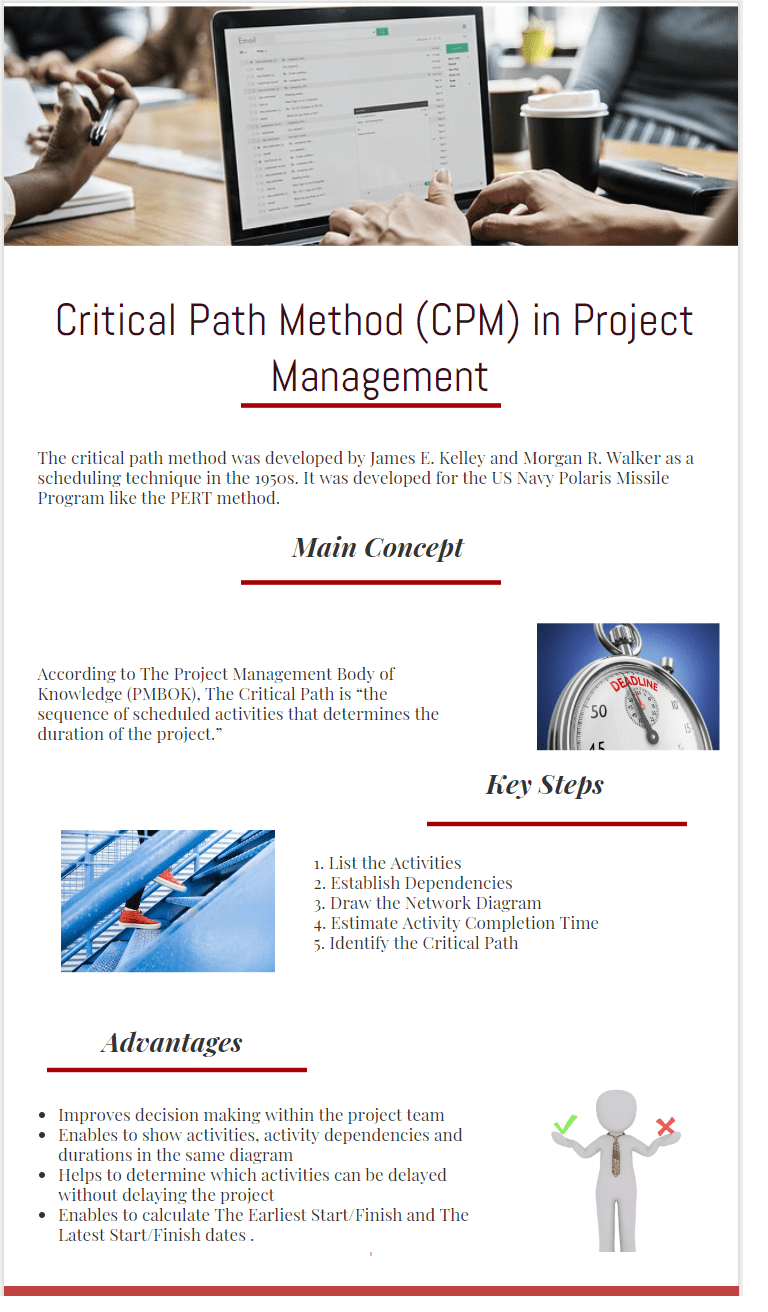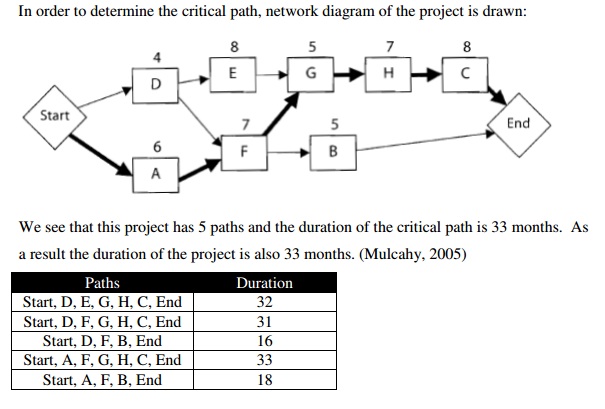CPM, or critical path method, is a project management technique used to analyze and plan the sequencing of activities in a project. It helps project managers understand the most efficient way to complete a project, as well as identify potential bottlenecks or delays that may arise.
The CPM process begins by breaking down the project into individual tasks, or activities, and estimating the amount of time each task will take to complete. These activities are then arranged in a logical order and connected by arrows to show the sequence in which they must be completed. This creates a visual representation of the project, known as a CPM diagram or network.
Once the CPM diagram has been created, the project manager can identify the critical path. This is the series of activities that must be completed in a specific order, with no room for delays. Any delay on the critical path will directly impact the overall project completion date. By identifying the critical path, project managers can focus their efforts on ensuring that these activities are completed on time, in order to avoid delays to the overall project.
CPM analysis also allows project managers to identify any potential bottlenecks or areas of risk within the project. By analyzing the CPM diagram, project managers can identify activities that may be dependent on other tasks, or that have a large impact on the overall project. This allows them to proactively address these issues and minimize their impact on the project.
In addition to helping project managers understand the sequencing and dependencies of activities, CPM analysis also allows for the development of a project schedule. This schedule provides a timeline for each activity, helping project managers understand when tasks need to be completed and ensuring that resources are available when needed.
Overall, CPM analysis is an essential tool for project managers, helping them to understand the most efficient way to complete a project, identify potential bottlenecks and risks, and develop a schedule to guide the project to completion. By using CPM analysis, project managers can increase the likelihood of successful project delivery and better meet the needs of stakeholders.

